opening hours
Monday closed
Tuesday to Sunday 11 am – 7 pm
Monday 8 December 11 am > 7 pm
Wednesday 24 December 11 am > 4:30 pm
Thursday 25 December closed
Wednesday 31 December 11 am > 4:30 pm
Thursday 1 January 11 am > 7 pm
Monday 5 January 11 am > 7 pm
Tusday 6 January 11 am > 7 pm
- full price € 15 at the box office - € 14 online
- reduced price € 12 at the box office - € 11 online
– for young people aged between 18 and 25 (not yet turned 25);
– for groups of 15 people or more;
– La Galleria Nazionale, Museo Ebraico di Roma ticket holders;
– upon presentation of ID card or badge: Accademia Costume & Moda, Accademia Fotografica, Biblioteche di Roma, Centro Sperimentale di Cinematografia, Enel (for badge holder and accompanying person), FAI Fondo Ambiente Italiano, Feltrinelli, Gruppo FS, IN/ARCH Istituto Nazionale di Architettura, Sapienza Università di Roma, LAZIOcrea, Palazzo delle Esposizioni, Amici di Palazzo Strozzi, Accademia Nazionale di Santa Cecilia, Scuola Internazionale di Comics, Teatro Olimpico, Teatro dell’Opera di Roma, Teatro di Roma, Università degli Studi di Roma Tor Vergata, Youthcard; - open € 18
valid for one year from the date of purchase
- free
– minors under 18 years of age;
– myMAXXI cardholders;
– on your birthday presenting an identity document;
– upon presentation of EU Disability Card holders and or accompanying letter from hosting association/institution for: people with disabilities and accompanying person, people on the autistic spectrum and accompanying person, deaf people, people with cognitive disabilities and complex communication needs and their caregivers, people with serious illnesses and their caregivers, guests of first aid and anti-violence centres and accompanying operators, residents of therapeutic communities and accompanying operators;
– MiC employees;
– journalists who can prove their business activity;
– European Union tour guides and tour guides, licensed (ref. Circular n.20/2016 DG-Museums);
– 1 teacher for every 10 students;
– AMACI members;
– CIMAM International Committee for Museums and Collections of Modern Art members;
– ICOM members;
– from Tuesday to Friday (excluding holidays) European Union students and university researchers in art history and architecture, public fine arts academies (AFAM registered) students and Temple University Rome Campus students;
– IED Istituto Europeo di Design professors, NABA Nuova Accademia di Belle Arti professors, RUFA Rome University of Fine Arts professors;
– upon presentation of ID card or badge: Collezione Peggy Guggenheim a Venezia, Castello di Rivoli Museo d’Arte Contemporanea, Sotheby’s Preferred, MEP – Maison Européenne de la Photographie;
Robert Wilson. Mother
- ticket € 5
limited seating; it is mandatory to arrive at the infopoint 15 minutes before the start time indicated on the ticket; the experience lasts approximately 45 minutes
- Mother + Museum ticket € 17
limited seating; it is mandatory to arrive at the infopoint 15 minutes before the start time indicated on the ticket; the experience lasts approximately 45 minutes
Collection
MAXXI’s Collection of Art and Architecture represents the founding element of the museum and defines its identity. Since October 2015, it has been on display with different arrangements of works.
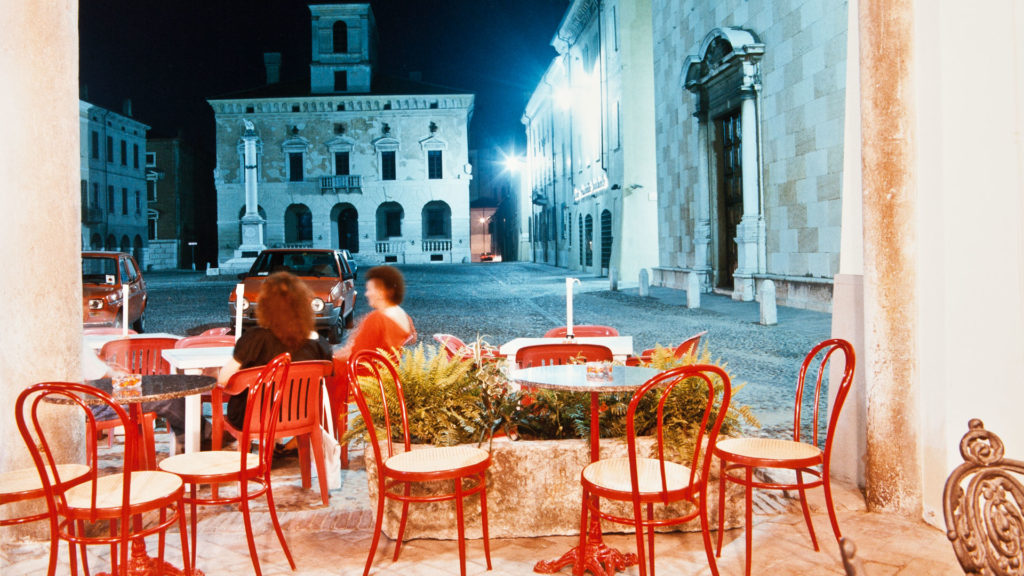
other upcoming events
17 Dec 2025 05.00 pm
MAXXIperTUTTIThe Large Glass: plural visionsfree guided tours
17 Dec 2025 06.00 pm
lectureRicky BurdettIl DNA delle città: leggere Roma nel contesto globale
18 Dec 2025 05.00 pm
MAXXIperTUTTI1+1 sensitactile labs
26 Dec 2025 11.30 am
guided toursThe Large Glass
26 Dec 2025 04.30 pm
MAXXI with the familyMeraviglie in equilibrioCostruire come Pier Luigi Nervi
26 Dec 2025 04.30 pm
guided toursThe Large Glass




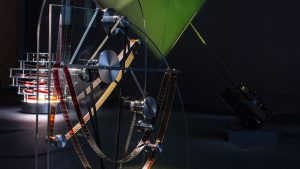


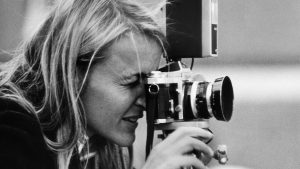

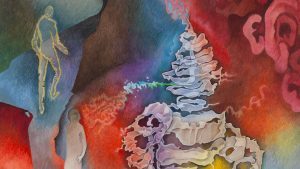
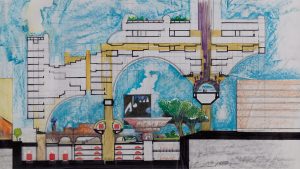


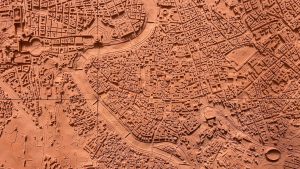

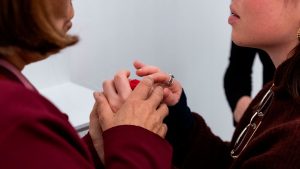
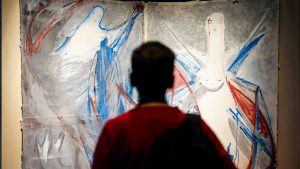
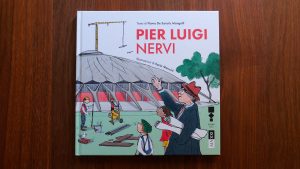
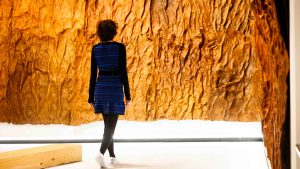

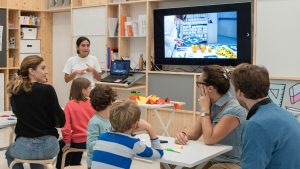


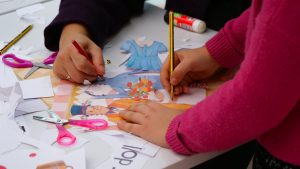










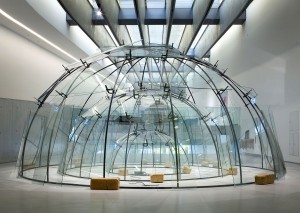
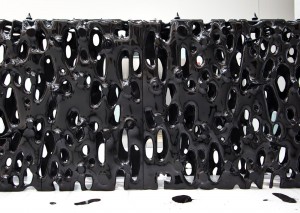
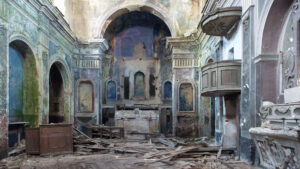

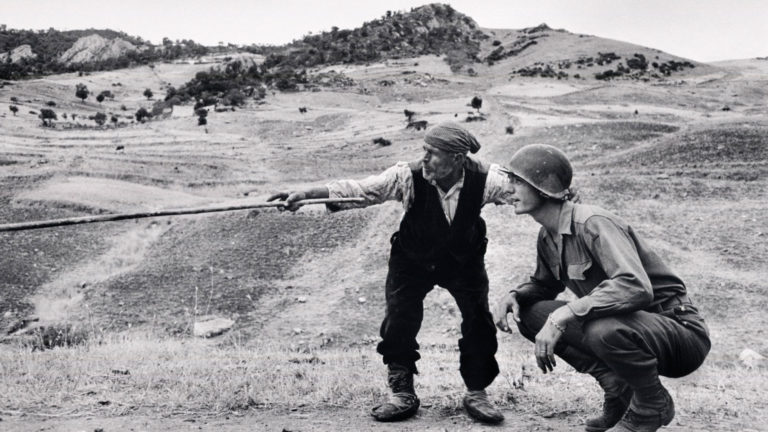
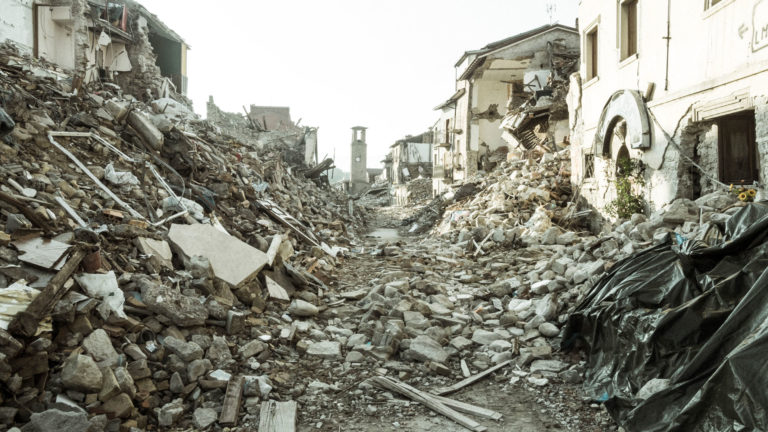
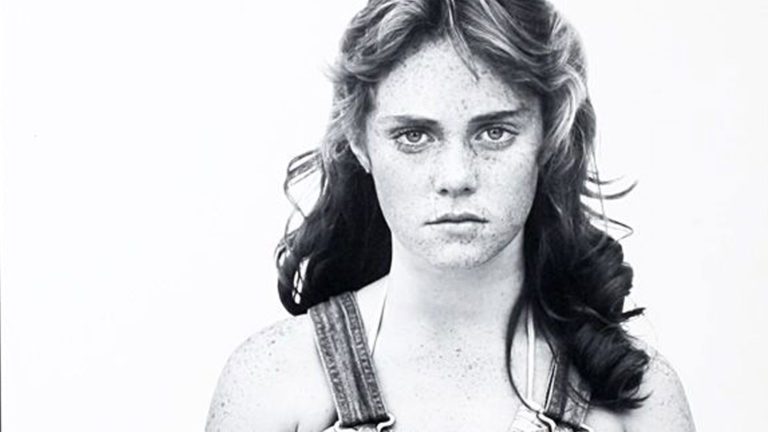




curated by Alessandra Mauro for Contrasto
Carlo Scarpa hall – € 5 – subscription to 4 events € 15
10 individual seats free and reserved for myMAXXI cardholders writing to mymaxxi@fondazionemaxxi.it by the day before the event
Some reflections on the exhibitions that have promoted the works of Luigi Ghirri and, more generally, Italian photography from the Eighties.
If everyone has a pencil, few are the real poets, says Elliott Erwitt. If everyone can take a “beautiful” photo, few can make good photos articulated in a coherent photographic project. A substantial project must identify the real photographic works; a project is characterised by the quality of the idea, the ability to articulate it, develop it in depth, and communicate it.
In the 2019 edition of The Histories of Photography cycle, we will tackle four different ways to create, study, complete, and disseminate a photographic project examined through concrete “case histories”; we will explore the Italian photographic landscape, investigate a nation through a series of portraits including those that have the commitment of telling about an emergency such as an earthquake, or understand what it means to tell of the wars of our time visually.
Luigi Ghirri. Photography in Italy in the Eighties
with Giuliano Sergio
How to build a retrospective of a great author? How to recount a historical period? How to select images to offer a path that involves the general public and specialists? An exhibition cannot limit itself to aligning the works; it provides an aesthetic experience, arises curiosity, wonder, and desire, sometimes disappointment and boredom. It is a scenic machine in which the works are the protagonists of a project that influences the critical and historical reception of an author and indirectly its market value. The conference will offer some reflections on the exhibitions that have enhanced the work of Luigi Ghirri and, more generally, Italian photography of the Eighties.
Giuliano Sergio: taught the history of photography and video art at the University of Paris 7 and history of art at the Academy of Fine Arts in Rome. He currently teaches art history at the Iuav University of Venice and the Academy of Fine Arts in Naples. His research focuses mainly on art and photography of the Sixties and Seventies of the twentieth century, investigated through the theory of image and sociology of art, the history of publishing, exhibitions, and collecting. He has published in academic magazines such as Ricerche di Storia dell’arte, RolSA, Textuel, and Etudes photographiques and has collaborated with the MAXXI in Rome at the Ugo Mulas, the art scene exhibition as scientific director of the catalogue (Electa, 2007).